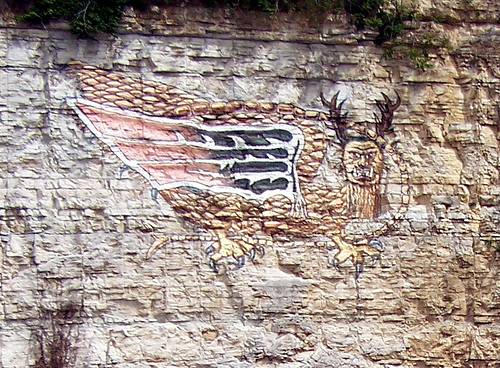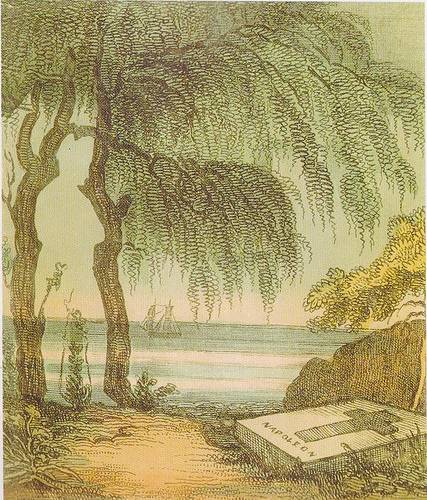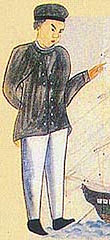On the 7th of November, 1492, a little before noon, a dreadful thunder-clap was heard at Ensisheim, in Alsace, instantly after which a child saw a huge stone fall on a field newly sown with wheat. On searching, it was found to have penetrated the earth about three feet, and weighed 260 lbs. making its size equal to a cube of thirteen inches the side. All the contemporary writers agree in the reality of this phenomenon, observing that, if such a stone had before existed in a ploughed land, it must have been known to the proprietor.
— Cabinet of Curiosities, Natural, Artificial, and Historical, 1822




